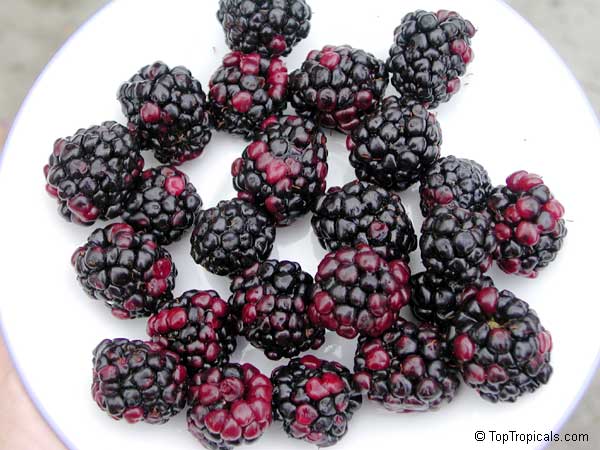

It is drought and heat tolerant, and has thorns. It bears well for many years and the acidic fruit is better for cooking and canning. ‘Brazos’ is an old, reliable and tough variety, developed at Texas A&M in 1950.Most of the varieties with thorns were developed in Texas. Thorny varieties are generally more productive than the thornless varieties. You can choose from three different categories of blackberries to grow in Texas:

In areas with poor drainage, they may be grown in raised beds. Blackberries do well in sandy soils, and can be grown in soils that are at least one foot deep with good drainage. Some new introductions from the University of Arkansas called “Prime-Ark” Blackberries have the ability to produce on both the current year’s canes and the previous year’s canes. More Informationįor more information on blackberry plants, contact you county Extension office, or visit Blackberries are biennials that produce their fruit the second year after planting. These wire spacings are only examples, and several other trellising systems are used by growers. Another common three wire spacing is installing the top wire at 5 feet above the ground, the bottom wire at 24 inches above the ground, and installing the middle wire about 18 inches above the bottom wire.

It is common to see a trellis with the top wire about 5 feet above the ground and another about 3 ½ feet above the ground. Remember, blackberry canes will need to be tied to the trellis as they grow. The trellis keeps the taller grown, erect plants from being blown over by the wind or from laying down due to a heavy fruit load. This also makes picking berries from these plants easier. Growing erect plants with a trellis allows the plant to be maintained higher than 3 feet and the lateral shoots can be much longer than 18 inches. While not required, it is common to see erect plants maintained on a trellis along with the trailing and semi-erect varieties. If the erect plants are trellised, it is common to see them 5 to 6 feet apart. Spacing for erect plants, not trellised and maintained about 3 feet tall, would be about 3 feet apart. This allows the plants to grow about 5 feet in either direction. Trailing blackberry plants should be spaced about 10 feet apart in the row. In-row spacing of the plants depends on the growth habit of the plant and if they are trellised or non trellised. If a grower has more than one row of blackberries, the rows should be spaced a minimum of 12 feet apart. During the winter, prune back these branches to about 12 to 18 inches long. Lateral (side) branches will grow and can become quite long. Beginning in the spring, allow the primocanes to grow about 3 1/2 feet tall before cutting the shoots back to about 3 feet. If grown any taller, wind could blown them over.

Erect plants are maintained at about 3 feet tall. Trailing and semi-erect plants require a trellis, but the erect plants do not. The growth habit of blackberries can be erect, semi-erect, and trailing. A soil test will determine the pH and provide information on nutrients that may be lacking. The soil pH should be in the range of 6.0 to 6.5. make sure the soil has good internal drainage.There are also several other practices to remember when planting blackberries.
#Sweetie pie blackberry care full
Planting Practicesīlackberry plants grow and fruit best when they are planted in full sun. There are some primocane blackberry varieties available that will produce fruit from primocanes in the late summer. While the floricanes are flowering and fruiting, new primocanes begin to grow. After fruiting, they will soon begin to wilt and die. In this second year, the floricanes, will bloom and set fruit. In the second year of growth, the name of these canes change to floricane. They grow and set flower buds, but usually do not bloom the first year. When discussing canes, there are two terms that people need to understand primocanes and floricanes. The root systems of blackberry plants are perennial (can live for many years), while the canes (above ground stems) are biennial (live for two years). There are many different cultivated blackberry plants that are much larger and more productive than the wild plants. If you have only picked and eaten the wild blackberries that grow along fencerows, you are missing out on a treat.


 0 kommentar(er)
0 kommentar(er)
